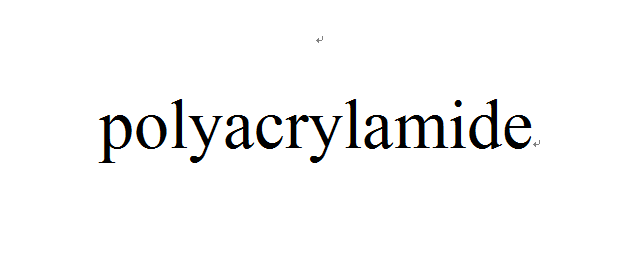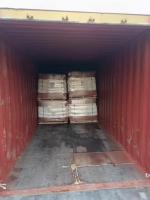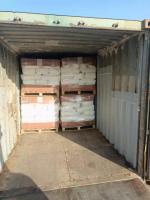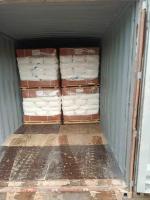Home > Product Center > Polyacrylamide
Our Products


Polyacrylamide
Chinaflocs polyacrylamide powders include cationic polyacrylamide(flocculant,PAM),anionic polyacrylamide(flocculant,PAM)and nonionic polyacrylamide(flocculant,PAM),used for water treatment;oilfield,mineral processing ,papermaking and other application areas.

Products Show
Cationic polyacrylamide is one of the most widely used water-soluble polymers in industrial water treatment, municipal wastewater treatment, sludge conditioning, papermaking, mining processes, and various solid–liquid separation operations.
Praestol 655 BC is a kind of cationic polyacrylamide with extremly high charge and medium molecualr weight.mainly used for water treatment and Sludge dewatering .
Amphoteric polyacrylamide (AmPAM) is a unique type of water-soluble polymer that contains both cationic and anionic functional groups within the same molecular chain.
Cationic polyacrylamide FLOPAM FO4490 is a high-performance, high-molecular-weight, water-soluble polymer specifically designed by SNF Floerger for solid–liquid separation in municipal and industrial wastewater treatment,
Cationic polyacrylamide (Hydrex 6311) is a high-performance flocculant and coagulant produced by Veolia Water Technologies under its Hydrex 6000 series.
hydrex 6316 is a high molecualr weight ,low charge cationic polyacrylamide that is used as flocculant or coagulant aid in a wide variety of mining,municipal and industrial water and wastewater treatment applications
Praestol 644BS is a cationic water-soluble polymer used as a flocculant to separate solids from liquids. Its structure consists of long polymer chains containing positively charged functional groups that readily adsorb onto the negatively c...
Praestol 644BS, is a high-performance water-soluble polymer widely used in industrial and municipal water treatment, sludge dewatering, mineral processing, papermaking, and various solid–liquid separation applications
All Clear AN80E IS a kind of anionic polyacrylamide emulsion with medium chagre and very high molecualr weight .mainly used for water treatment and kinds of mining processsing.











